Second graders are some of the most enthusiastic readers out there. They are transitioning from the basics into readers looking for meaning. As they build upon their comprehension skills, they are beginning to make connections to themselves and the world at large. These second grade reading comprehension activities will help your students dig deeper into texts on their own as well as with their peers.
1. Build a pyramid.
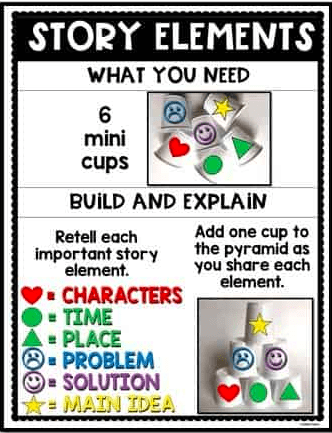

This idea was born out of one teacher’s students’ eternal love for constructing cup towers at any opportunity! The cups are coded with symbols to represent different story elements. After reading their leveled text, students share each story element while building their cup pyramid from the bottom up. They can then record the story elements on the matching graphic organizer.
Learn more: Teach Outside the Box
2. Clip together a reading strategy fan.
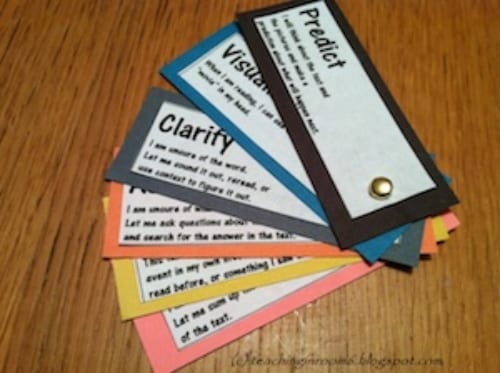

Modeling is the best way to guide students through reading comprehension strategies. But unless they’re actively participating in the process, they simply won’t retain enough of the strategy to make any meaningful difference in their own independent comprehension of text. That’s where these strategy fans come in. The link below shows how this teacher uses the cards in her class.
Learn more: Organized Classroom
3. Use a volcano graphic organizer.
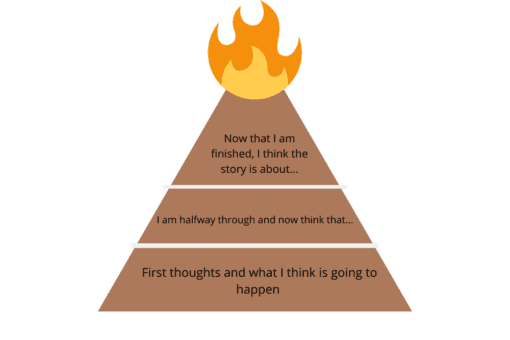

Demonstrate how to draw a simple volcano shape, divided into three sections, and have students draw one in their reading journal. After reading the first few pages of the story, ask students to write first impressions at the base of the volcano. This is also a good place to make predictions about where they think the story is going. At about the halfway point, have students write what they think and how they think the story is changing. Once they have finished reading, they will write what they think the story is really trying to teach them and what they took away from the story at the top of the volcano.
Learn more: Student Treasures
4. Compare characters.
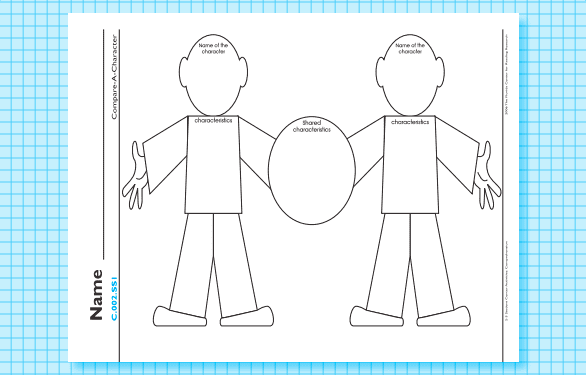

Encourage your students to think more deeply about the characters in a story. In the head of each figure, ask students to write a character’s name. Then have them write specific attributes about the character in the torso section. In the circle between the characters, have them write shared characteristics between the two figures.
Learn more: Florida Center for Reading Research
5. Construct a comprehension cootie catcher.
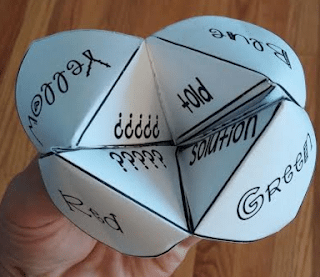

Once the bane of classroom teachers, cootie catchers have become a novel way to practice skills that kids can get excited about. This free download from the Classroom Game Nook includes three versions with questions about characters, setting, plot, and more.
Learn more: The Classroom Game Nook
6. Put on a retelling glove.
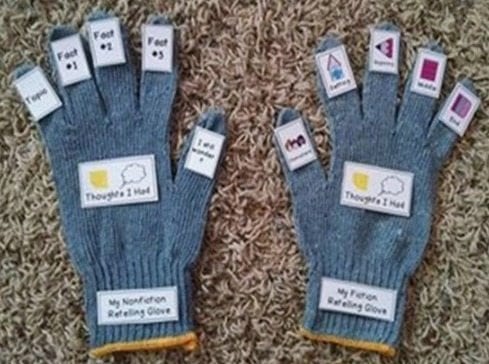

Retelling is a vital skill for young readers to work on to help them understand what they are reading. These gloves are a snappy accessory with labels that you can easily change. For fiction retellings, you can include setting, characters, problem, events, and solution. For nonfiction retellings, you can include main idea and supporting details. At the bottom of the glove, you can focus on making connections.
Learn more: One Giggle at a Time
7. Create a Wanted poster.
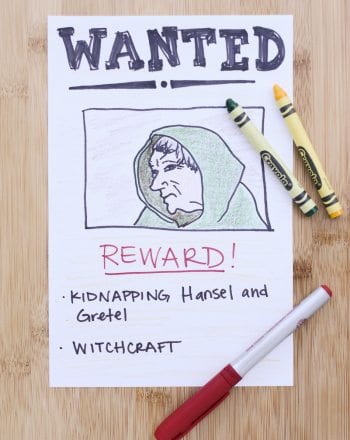

This free lesson from Education.com is a fun writing and drawing activity that has students take what they know about the bad person in the story and turn the details into a colorful Wanted poster.
Learn more: Education.com
8. Roll and chat your way to understanding.
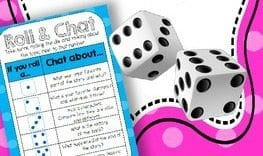

If you’re looking for fun second grade reading comprehension activities that work well for stations or small-group work, try Roll & Chat. Players take turns rolling dice and answering questions about their reading.
Learn more: Playful in Primary
9. Toss a story ball around.
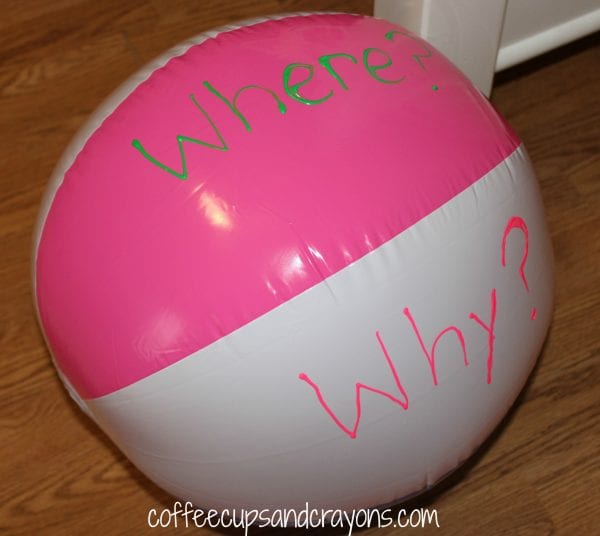

Kids will love this version of toss using a beach ball customized with questions that can be used for any reading passage. It’s a great activity for review or when you want to keep the learning going, but your kids need to get up and move.
Learn more: Coffee Cups and Crayons
10. Follow a yellow brick road.
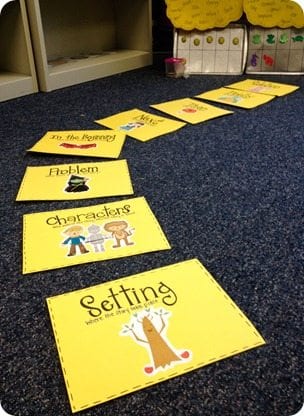

This fun lesson is another way to work on retelling skills. Print out these free story-element cards. Then, lay them out to create a road. As students hop from one yellow “brick” to the next, they retell the story.
Learn more: Cara Carroll
11. Make a shutter book.
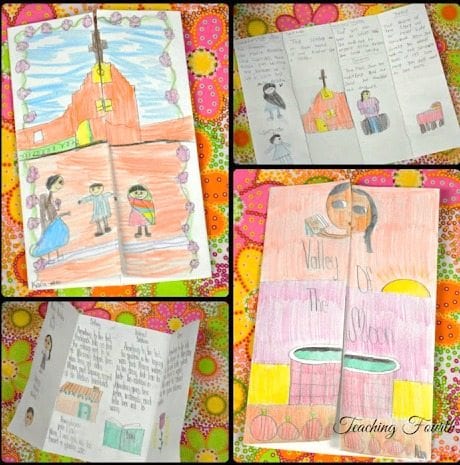

This lovely foldable book is a great way for students to show their understanding of story elements in a colorful way. This is a great guided reading project to go along with a read-aloud.
Learn more: Upper Elementary Snapshots
12. Make book talks a regular part of your literacy block.
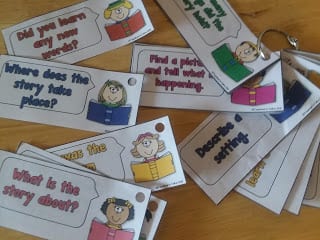

Book talks are a great way for students to demonstrate their reading comprehension. But sometimes when students get up in front of others, they’re not quite sure what to talk about. Download these adorable topic cards to guide students as they tell their classmates about what they are reading.
Learn more: Teacher’s Takeout
13. Celebrate the joy of reading with Flashlight Fridays.
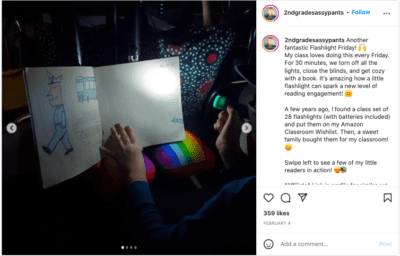

I can’t think of a better way to end the week than implementing Flashlight Fridays into your ELA block. The students absolutely love reading in the dark and out of their desks. Add to the fun by allowing them to bring in cozy blankets and their favorite squishy!
Learn more: Flashlight Fridays
14. Implement Kagan Cooperative Learning Strategies.


When it comes to cooperative learning and active engagement, Dr. Spencer and Laurie Kagan are the ultimate masters. My personal favorite Kagan strategy is called “Stand Up, Hand Up, Pair Up.” Using this strategy, students are out of their seats and mix around the room. When they are signaled to stop, they find their nearest peer, partner up, and discuss whatever topic you choose.
Learn more: Kagan Publishing
15. Toss around reading comprehension cubes.
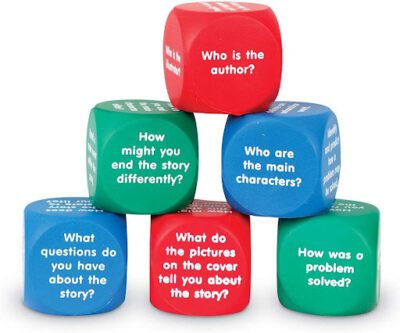

These are great conversation starters that will encourage your students to discuss different aspects of a story with their classmates. Use them in centers, small groups, or as a whole-group activity.
Buy it: Reading Comprehension Cubes at Amazon
16. Make a story-retelling paper bag book.
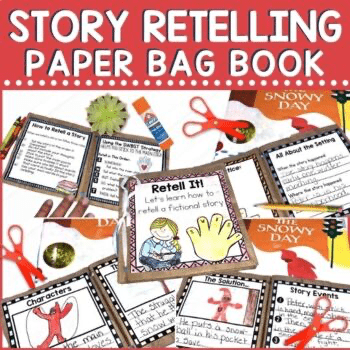

These cute booklets are easy to make and focus on important story elements. Your students will have so much fun making them, while honing in on those important ELA skills.
Learn more: Comprehension Connection
17. Create a lap-book-style book report.


Lap books are another creative way to put thoughts to paper in writing, while still fostering those artistic vibes. Use this as a whole-group assignment after a read-aloud, or have students make one after reading a book independently.
Learn more: Cara’s Creative Playground
18. Complete a story element map.
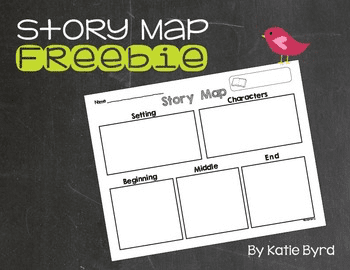

Students can handwrite their ideas or draw pictures describing each story element with this handy story map template. Kick things up a notch by making a double-sided copy to allow students to both write and draw their ideas!
Learn more: Katie Byrd
19. Play a storytelling-themed board game.
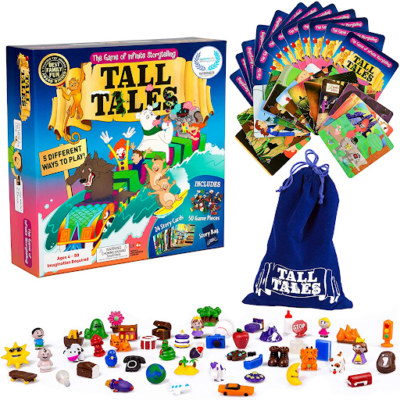

Players draw random story elements and use them to tell a tall-tale type of story. With five different ways to play, it is easy to reach all types of learners and learning styles with this adaptable and fun game.
Buy it: Tall Tales Storytelling Board Game on Amazon
20. Hold a Book Character Day.
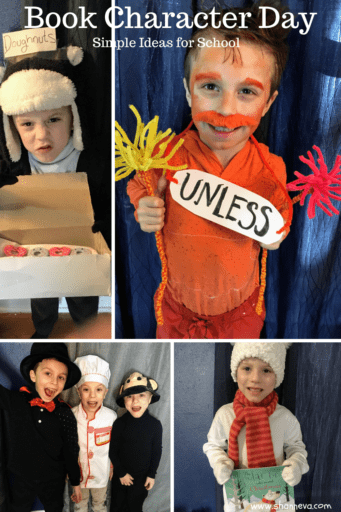

Book Character Day is one of those second grade reading comprehension activities that kids will remember forever! It gives them a chance to show how much they really know about one of their favorite characters. Encourage them to dress as their character and carry props that are part of their story. Maybe they’d even like to act like and talk in the voice of their character. Be sure to set aside time for each student to tell their classmates about the character they chose and why.
Learn more: Shann Eva’s Blog



















